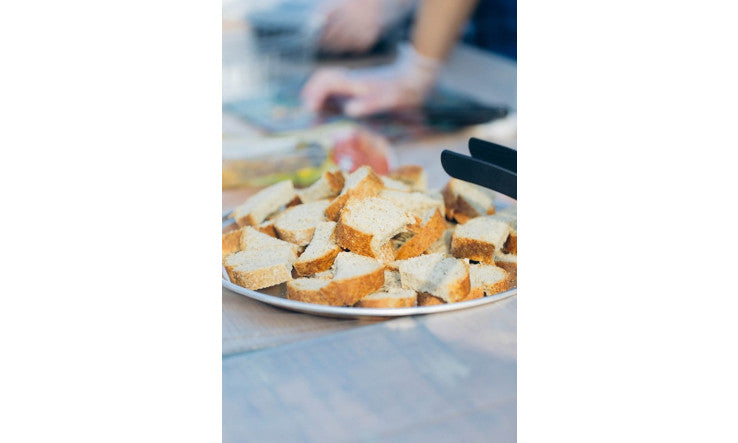Following a comment from a nutritionist to the effect that using xanthan gum caused the same effects as gluten, I asked Caroline Roy, chef and founder of Angélique , what she thought:
"Xanthan gum and gluten-free? In fact, xanthan gum is used in food, both gluten-free and traditional! Simply open your refrigerator door, take out a jar of store-bought salad dressing, and read the ingredients. A large portion of salad dressings, whether conventional, organic, or not, now contain xanthan gum. This ingredient is used almost everywhere, even in ice cream! In salad dressings, among other things, this gum helps give creaminess and stability to the mixture. So you'll understand that this ingredient is not ONLY reserved for gluten-free products! When you read gluten-free, of course, this indicates the absence of gluten, a wheat protein well known for its binding properties. In gluten-free, we therefore use xanthan gum, or guar gum, to help recreate the binding action of wheat in baking and pastry.
Xanthan gum comes from the fermentation of a bacterium, Xanthomonas campestris, a bit like the principle of yeast for bakery. This bacterium is naturally present in our environment and is not toxic to humans. You must then ensure that you have a quality gum, of course. To this end, organic standards are very strict regarding guar and xanthan gums. The extraction method for xanthan gum used in organic production is water-based and during fermentation, the sugar used is that of beet, so no corn derivatives unlike many other gums used in conventional production."
I am reassured and will continue to use organic xanthan gum!
(in photo from Mariphotographie, Caroline's delicious gluten-free bread at the fair!)


































































Leave a comment